Israeli troops and tanks have pushed deeper into Gaza, advancing on two sides of the territory’s main city.
It comes as the UN and medics said airstrikes have hit closer to hospitals, where tens of thousands of Palestinians have sought shelter alongside thousands of wounded.
Video circulating on social media showed an Israeli tank and bulldozer in central Gaza blocking the territory’s main north-south motorway, which the Israeli military earlier told Palestinians to use to flee the expanding ground offensive.
Hundreds of thousands of Palestinians who remain in the north will no longer be able to escape if the road is blocked since it is the only useable route south.
The video, taken by a local journalist, shows a car approaching an earth barrier across the road.
The car stops and turns around.
As it heads away, a tank appears to open fire and an explosion engulfs the car.
The journalist, in another car, races away in terror, screaming, “Go back, go back!” at an approaching ambulance and other vehicles.
The Gaza Health Ministry later said three people were killed in the car that was hit.

Casualties on both sides are expected to rise sharply if Israeli forces expand their ground operation and end up battling Palestinian militants in dense residential areas.
Though Israel ordered Palestinians to flee the north, where Gaza City is located, and move south, hundreds of thousands remain, partly because Israel has also bombarded targets in so-called safe zones.
Around 117,000 displaced people hoping to stay safe from strikes are staying in hospitals in northern Gaza, alongside thousands of patients and staff, according to UN figures.
The death toll among Palestinians passed 8,300, mostly women and children, the Gaza Health Ministry said on Monday.
The figure is without precedent in decades of Israeli-Palestinian violence.

More than 1,400 people have died on the Israeli side, mainly civilians killed during Hamas’s initial attack, also an unprecedented figure.
Israeli forces appeared to be driving deeper into Gaza from the north.
Video released on Monday by the military showed armoured vehicles moving among buildings and soldiers taking positions inside a house.
Rear Admiral Hagari said additional infantry, armoured, engineering and artillery units have entered Gaza and operations will continue to “expand and intensify”, though Israel has stopped short of calling its operations an all-out invasion.

It said that in the last few days, it has hit more than 600 militant targets, including weapons depots and antitank missile launching positions.
The reports of targeting could not be independently confirmed.
Hamas’s military wing said its militants clashed with Israeli troops who entered the northwest Gaza Strip.
Palestinian militants have continued firing rockets into Israel, including toward its commercial hub, Tel Aviv.
Meanwhile, crowded hospitals in northern Gaza came under growing threat.
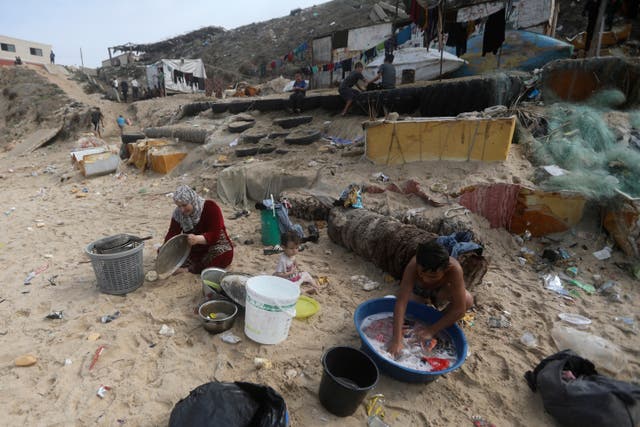
All 10 hospitals operating in northern Gaza have received evacuation orders, the UN’s Office For The Co-ordination Of Humanitarian Affairs said.
Staff have refused to leave, saying evacuation would mean death for patients on ventilators.
Tens of thousands of civilians are sheltering in Shifa Hospital, the territory’s largest.
Israel accuses Hamas of having a secret command post under the hospital but has not provided much evidence.
Hamas denies the allegations.
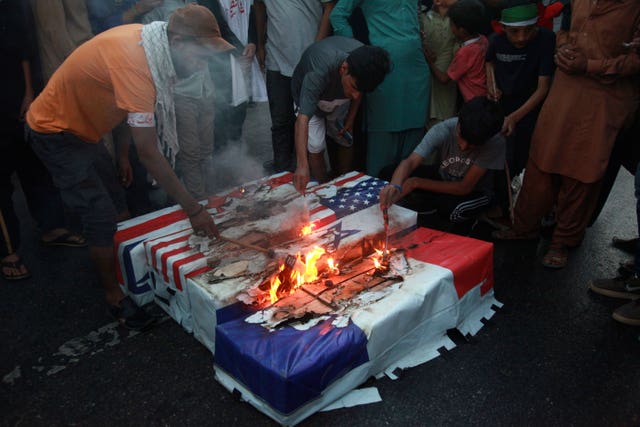
Some windows were blown out and rooms were covered in debris.
It said 14,000 people are sheltering there.
Israel says it targets Hamas fighters and infrastructure and that the militants operate among civilians, putting them in danger.
Beyond the fighting, conditions for civilians in Gaza are continually deteriorating as food, water, medicine and fuel run dangerously low amid a weeks-long Israeli siege.
On Sunday, the largest convoy of humanitarian aid yet — 33 lorries — entered the territory from Egypt.
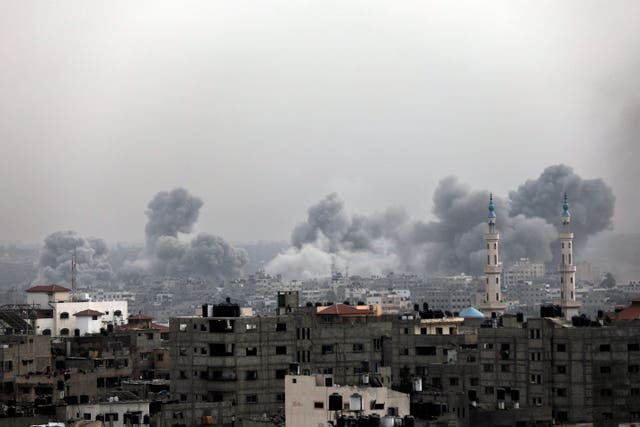
The siege has pushed Gaza’s infrastructure almost to collapse.
With no central power for weeks and little fuel, hospitals are struggling to keep emergency generators running to operate incubators and other life-saving equipment.
The UN agency for Palestinian refugees, known as UNRWA, has been trying to keep water pumps and bakeries running.
Last week, UN officials said hunger was growing.
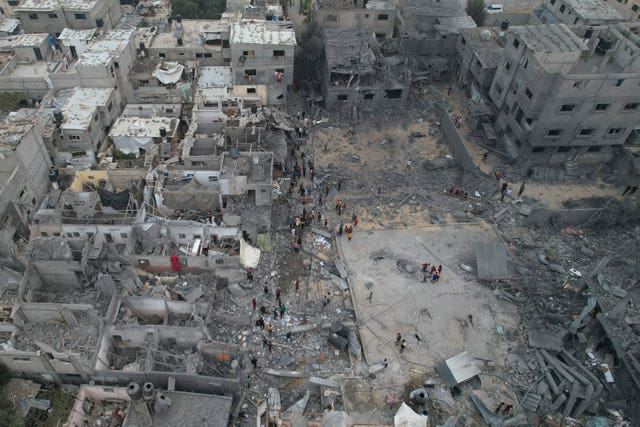
Israel also opened two water lines in southern Gaza within the past week, according to the Israeli military body responsible for Palestinian civilian affairs.
The Associated Press could not independently verify that either line was functioning.
Communications were restored to most of Gaza on Sunday after over a day without phone and internet services.
Meanwhile, domestic pressure has increased on Israel’s government to secure the release of 239 hostages seized by Hamas fighters during the October 7 attack.
Hamas says it is ready to release all hostages if Israel frees all of the thousands of Palestinians held in its prisons.
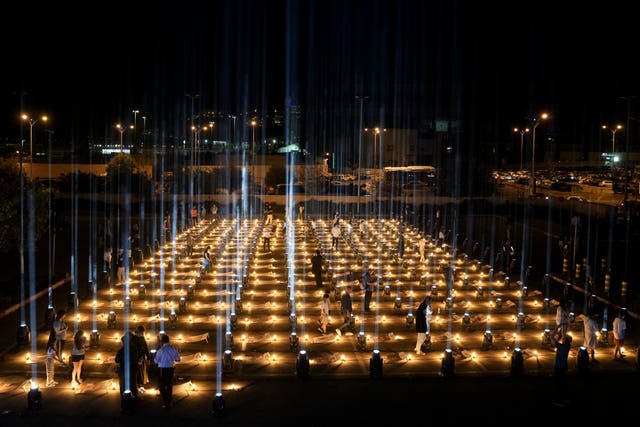
Israel has dismissed the Hamas offer.
The fighting has raised concerns that the violence could spread across the region.
Israel and the Lebanese militant group Hezbollah have engaged in daily skirmishes along Israel’s northern border.
In the West Bank, Israel said its jets carried out airstrikes on Monday against militants clashing with its forces in the Jenin refugee camp, the scene of repeated Israeli raids.
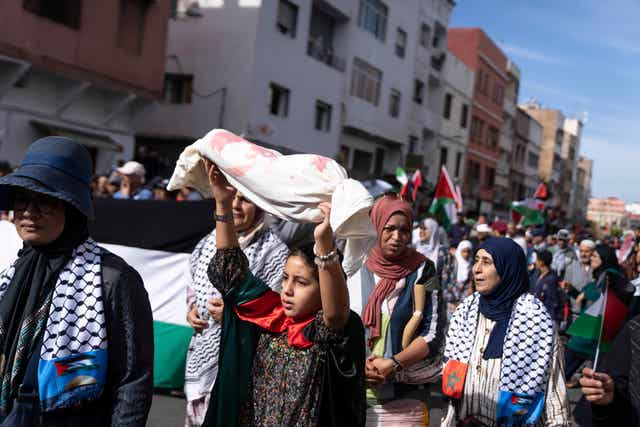
As of Sunday, Israeli forces and settlers have killed 115 Palestinians, including 33 children, in the West Bank, half of them during search-and-arrest operations, the UN said.
The Israeli military said early on Monday that its aircraft hit military infrastructure in Syria after rockets from there fell in open Israeli territory.
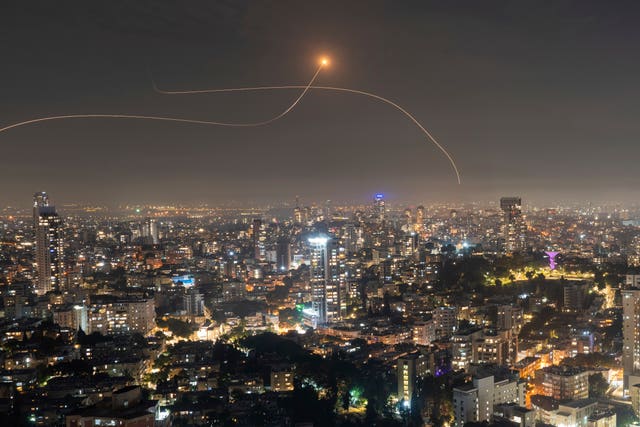
Roughly 250,000 Israelis have been evacuated from their homes because of violence along the border with Gaza and the northern border with Lebanon, according to the Israeli military.







